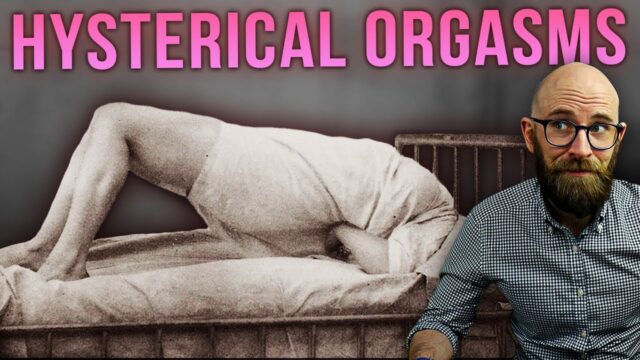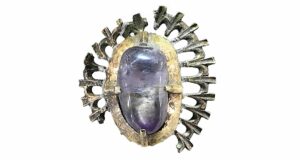“Unlocking Pleasure: The Surprising Truth Behind the Great Vibrator Myth That Everyone Gets Wrong!”
By this time, the diagnosis of hysteria had grown to encompass a dizzying variety of ailments, with French physician François Bossier de Sauvages de Lacroix listing among the possible symptoms:
“…a swollen abdomen, suffocating angina [chest pain] or dyspnea [shortness of breath], dysphagia [difficulty swallowing], […] cold extremities, tears and laughter, oscitation [yawning], pandiculation [stretching and yawning], delirium, a close and driving pulse, and abundant and clear urine.”
In the mid-19th century, hysteria came to be seen as more of a neurological or psychological disorder than a physiological one. French neurologist Jean-Martin Charcot characterized hysteria as a form of epilepsy and in the 1870s conducted extensive studies on hysteric patients at the Pitié-Salpêtrière charity hospital in Paris, capturing the various physical symptoms of the disorder in a series of widely-published photographs. He also developed various hypnotic methods for treating hysteria, based on the earlier work of Anton Mesmer. Others, however, took a decidedly more chauvinistic view of the disorder, with Harvard medical professor Edward Hammond Clarke claiming in his 1875 treatise Sex in Education that modern food, clothing, and education drew energy away from women’s reproductive organs, inflicting all manner of ailments. Clarke argued that women be barred from higher education, lest it lead to, to quote, “…physiological disasters [such as]…nervous collapse and sterility.” …
Others, like physician Frederick Hollick and psychiatrist L.E. Emerson, blamed hysteria on excessive sexual desire, promiscuity, masturbation, or sexual abuse in childhood.











